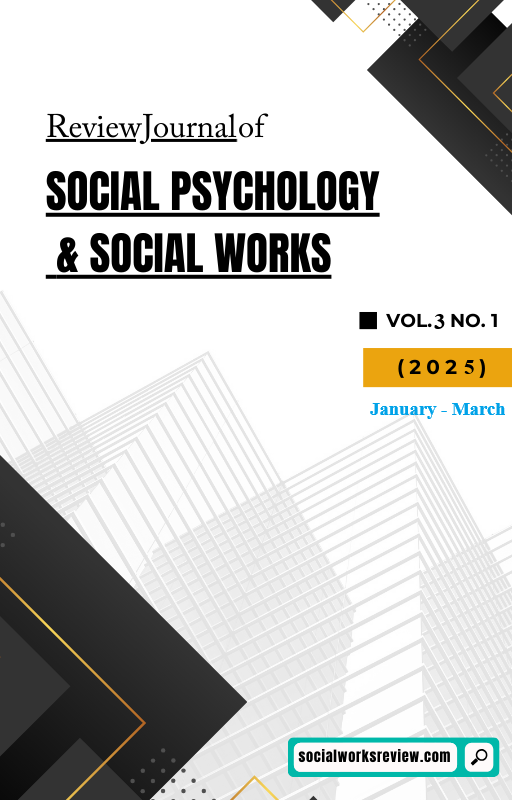Relationship between Students’ Self-Directed Learning and Academic Resilience
DOI:
https://doi.org/10.71145/rjsp.v3i1.117Keywords:
Students’ Self-Directed Learning, Academic Resilience, Undergraduate StudentsAbstract
This study investigates the relationship between self-directed learning (SDL) and academic resilience (AR) among undergraduate students at the University of Malakand, situated at Khyber Pakhtunkhwa in Pakistan. A quantitative research design was employed, involving 120 students from various departments. Data were collected through a structured questionnaire and analyzed using SPSS. The findings reveal that students exhibit high levels of SDL (means: 3.1 to 4.3) and strong AR (means: 3.1 to 4.3). Some items showed moderate to high skewness and deviations in kurtosis, but the overall data distribution was normal. Correlation analysis indicated a moderate positive relationship between SDL and AR (r = 0.571, p < 0.01). Regression analysis confirmed this relationship, with an R square value of 0.327, suggesting that 32.7% of the variance in AR can be explained by SDL. The regression model was significant (F = 57.224, p <0 .000). These results align with existing literature, highlighting that SDL enhances academic resilience by fostering self-efficacy, goal-setting, and intrinsic motivation. The study suggests that promoting SDL can improve students' ability to manage academic challenges and resilience. Moreover, the study providing a basis for developing effective educational strategies to support student success in higher education.





